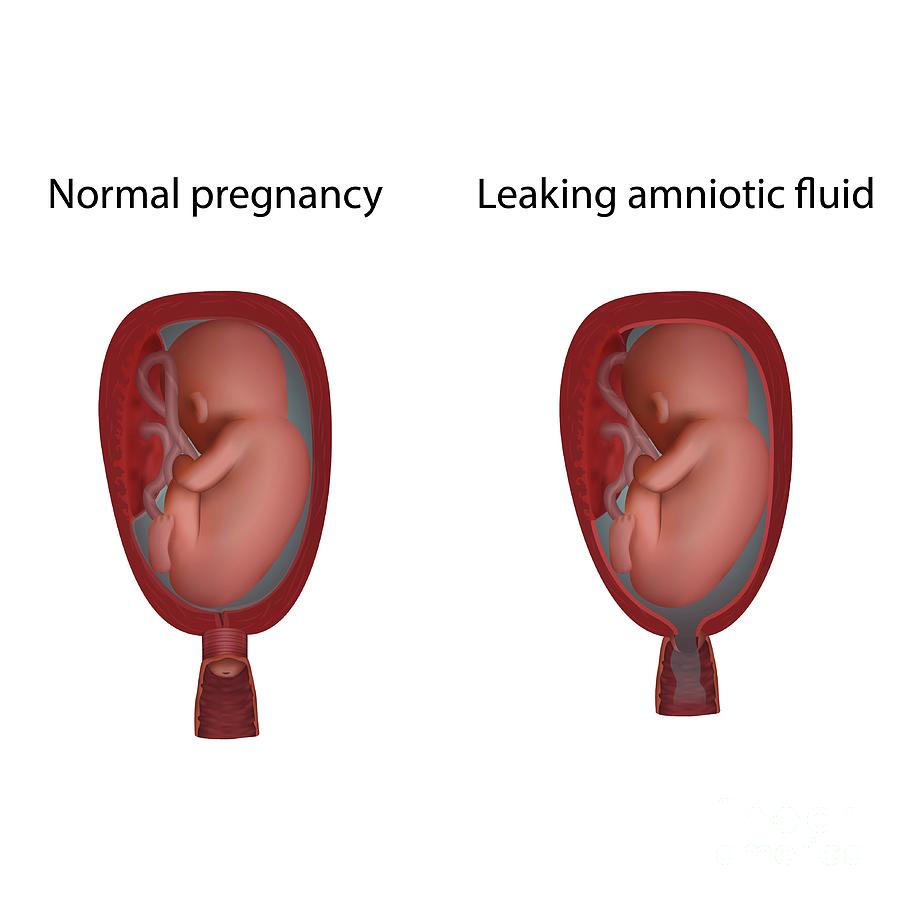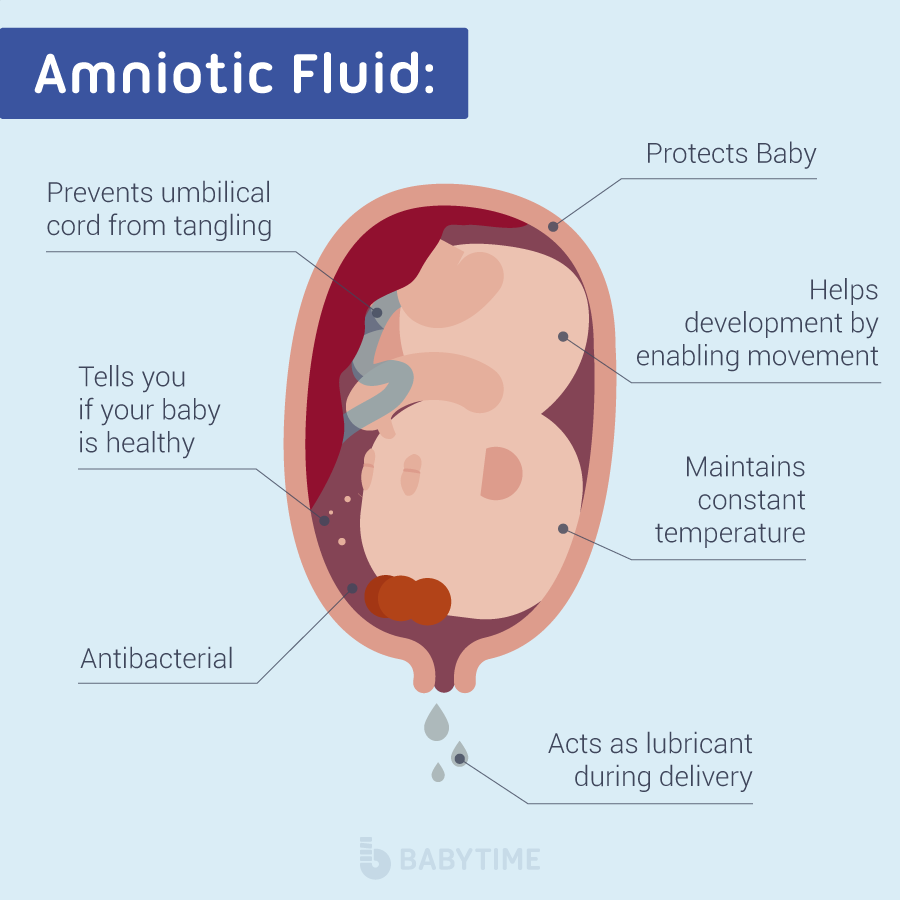Pregnancy is a crucial time for a woman, and it is important to take care of yourself during this period. One of the things that women need to be aware of is the atomic fluid in pregnancy. Atomic fluid is a clear, odorless, and colorless fluid that surrounds the fetus during pregnancy. It is also known as amniotic fluid, and it plays a crucial role in fetal development.
What is Atomic Fluid?

Atomic fluid is a liquid that surrounds the fetus in the uterus. It is made up of water, electrolytes, proteins, and other substances that help with fetal growth and development. The atomic fluid is produced by the fetus and the placenta and is essential for the growth and development of the fetus.
What Does Atomic Fluid Do?

Atomic fluid serves several important functions during pregnancy. It acts as a cushion for the fetus, protecting it from injury and providing a stable environment for growth and development. It also helps with the development of the fetal lungs, digestive system, and other organs. Atomic fluid also helps to regulate the temperature of the fetus and provides a medium for the exchange of nutrients and waste products between the mother and the fetus.
How is Atomic Fluid Measured?

Atomic fluid can be measured during pregnancy through an ultrasound. The ultrasound can determine the amount of atomic fluid present in the uterus and can also detect any abnormalities. The normal amount of atomic fluid in pregnancy is between 500 and 1000 ml.
What Happens if There is Too Much or Too Little Atomic Fluid?

If there is too much atomic fluid in pregnancy, it is called polyhydramnios, and if there is too little atomic fluid, it is called oligohydramnios. Both conditions can be harmful to the fetus and can increase the risk of complications during pregnancy and delivery.
Polyhydramnios can cause preterm labor, premature rupture of the membranes, and placenta abruption. It can also increase the risk of stillbirth and can cause breathing problems in the newborn. Oligohydramnios can cause fetal distress, growth retardation, and can increase the risk of meconium aspiration syndrome.
What Causes Too Much or Too Little Atomic Fluid?

There are several causes of too much or too little atomic fluid in pregnancy. Polyhydramnios can be caused by maternal diabetes, fetal abnormalities, and twin-to-twin transfusion syndrome. Oligohydramnios can be caused by fetal growth restriction, placental insufficiency, and premature rupture of the membranes.
How Can Atomic Fluid Problems be Treated?

The treatment for atomic fluid problems depends on the cause and severity of the condition. In some cases, close monitoring of the pregnancy may be all that is needed. In other cases, more aggressive treatment may be necessary, such as amniocentesis to drain excess fluid or intrauterine transfusions for fetal anemia.
Conclusion
Atomic fluid in pregnancy is an important part of fetal development, and it is essential to maintain the right amount of fluid throughout pregnancy. Women should be aware of the signs of too much or too little atomic fluid and should seek medical attention if they suspect a problem. By taking care of yourself and your baby during pregnancy, you can help to ensure a healthy and happy outcome.